A VPP is a portfolio of distributed energy resources (DER), including electricity consumers, small-scale renewable energy power plants, storage batteries, onsite battery storage, and fuel cells, which are controlled in an integrated manner to function as if they were a single real power plant. It is also called a virtual power plant.
For practical purposes, VPPs act like and have the same effect as a traditional, centralized large power plant. Their ultimate goals are the same – ensuring that energy demand on the grid is met by the available energy supply and that the grid remains stable.










